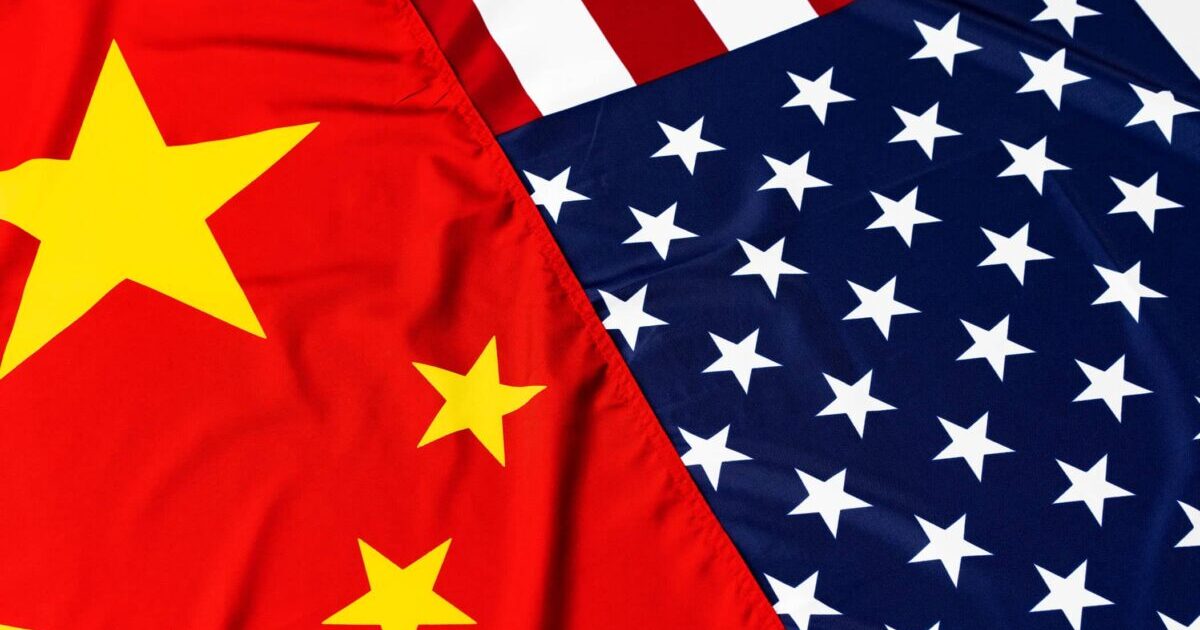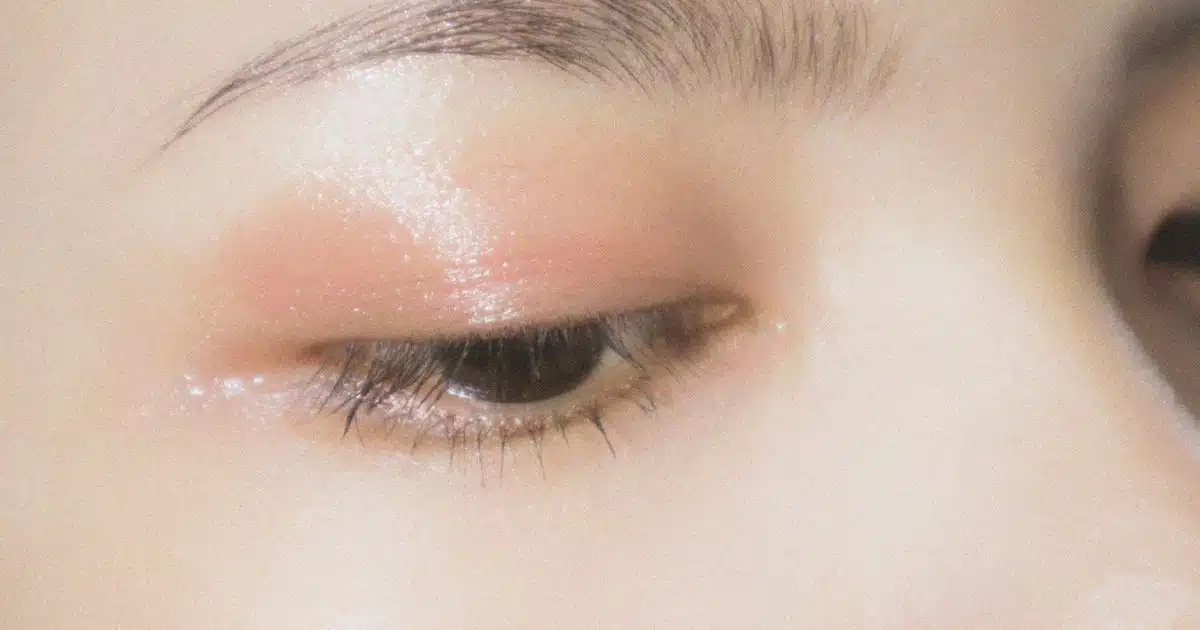There are strict regulations around the definition of a cosmetic and a therapeutic, and how each can be marketed to the consumer, to prevent misleading claims on a product’s effectiveness. These have been put into place by the Therapeutic Goods Australia to protect the customer, and ensure their safety and right to make an informed decision about a product.
What is the difference between a cosmetic and a therapeutic good?
The definition of a cosmetic:
These products aim to alter the physical appearance or scent of the body, including the skin, hair, mouth and teeth, with changes that are of a superficial or masking nature. Cosmetics don’t affect the chemistry, anatomy or physiology of the body, and don’t include any substances, drugs or poisons that come under the banner of the Therapeutic Goods Act 1989. A cosmetic is for external use only.
These are some examples:
- Makeup: Lipstick, mascara, eyeliner and foundation are all products that cover parts of the face in a pigment or balm, rather than changing the substance of these features.
- Shampoo and conditioner: Lotions that strip oils and dirt from the hair, and replace the oils with an envelope of cationic surfactant to minimise frizziness, respectively, rather than changing the nature of the hair itself.
- Hand or body cream: a topical lotion defined by a water and oil emulsion, that traps a layer of water against the skin and prevents further hydration loss, but does not contain steroids or other drugs to directly heal the skin.
Other products that may be defined as cosmetics include:
- Soaps, beauty bars and cleansers
- Deodorants and antiperspirants
- Nail polish
- Hair dyes, treatments, and toners
- Perfume and cologne
- Toothpaste
- Shaving cream
When does a cosmetic become a therapeutic good?
If the product contains an ingredient that is classed as a drug or claims are made in marketing material that the product’s main purpose is to treat, cure, or prevent a particular disease or ailment.
Under the Industrial Chemicals Act 2019, the following statement is made about the nature of therapeutic goods:
“goods that are represented in any way to be, or that are, whether because of the way in which the goods are presented, or for any other reason, likely to be taken to be for, therapeutic use.”
Advertising cosmetics: can a therapeutic claim be made?
Australian Consumer Law: most cosmetics cannot be advertised as therapeutics
Cosmetic products are under tight regulation by the Australian Competition and Consumer Commission (ACCC) to ensure the safety of the customer, and to prevent them from making ill-informed decisions about an item.
For example, it is essential that the end user understands the value a product will give them, and not purchase and use a cosmetic with misleading information, when they instead require a pharmaceutical. It is the responsibility of the advertiser to ensure that a cometic is not confused for a pharmaceutical.
The following issues are regulated under Australian Consumer Law:
- The cosmetic meets all safety requirements, with no banned chemicals in the ingredients list.
- Any adverse incidences from the use of the product must be reported. This includes inflammatory reactions, toxicity and any negative effects on the health of the body
- The product, its packaging and any advertising cannot make incorrect or misleading claims.
There are many keywords that could be used, especially out of context, which could confuse a consumer into believing a product is a therapeutic good.
These could include claims of:
- Preventing, curing, relieving or alleviating an issue
- A focus on a disease, defect, injury or ailment
- Statements including the terms antiseptic or antimicrobial, having an effect on inflammation or immunity.
The list of keywords could be vast, these are only a sample.
The use of images that could imply any of the restricted keywords, is also not allowed by law on any of the marketing material. Appropriate keywords paired with images or videos of disease may violate the cosmetic regulations. For example, a moisturiser advertised as soothing dry skin, cannot be placed alongside images of dermatitis or eczema, as the implication would be made that it can treat these conditions, and therefore is a therapeutic.
Exceptions: when can a therapeutic claim be made on a cosmetic?
Specific cosmetic products can be granted special consideration in regards to the Industrial Chemicals Act 2019 and allowed to make limited therapeutic claims.
This is an example of how products excluded from the Act can be advertised:
- Moisturisers with the active ingredients of sunscreen can be marketed as protecting the consumer from sunburn, but cannot have a larger rating than SPF 15.
- Toothpaste can be labelled as a preventative against tooth decay, but would not be approved for claims against gum disease.
- Anti-Acne creams and cleaners can claim to regulate or prevent acne by cleansing, drying, moisturising or exfoliating. It cannot be advertised as a treatment for other conditions, like infections, or as having antiseptic properties.
For a more detailed report on the laws and restrictions, read the Therapeutic Goods (Excluded Goods) Determination.
What is considered product advertising material?
This is any information or communication the customer is exposed to in regards to the product, that can have an influence on whether they purchase and use the item. It includes the packaging, labelling, and and marketing, whether through text, images or video.
Summary
Cosmetics are defined as products that change the superficial appearance or scent of the external body, without containing drugs or altering the chemistry of the body.
When a cosmetic is advertised, care should be taken that the overall messaging the customer receives is consistent, and not suggestive that the product has therapeutic uses, otherwise it will be classed as a therapeutic by the Industrial Chemicals Act 2019 and require the same stringent regulations. Some cosmetics can be approved as an exception to the Industrial Chemicals Act 2019, but the therapeutic claims that can be made are highly restricted. Careful consideration must be taken to ensure advertising is not misleading, and communicates exactly the therapeutic quality of the cosmetic.
The marketing material of a cosmetic includes any information conveyed to the consumer, in text, picture or video format.
These regulations are in place to ensure the consumer is informed and safe when selecting a cosmetic or therapeutic.







